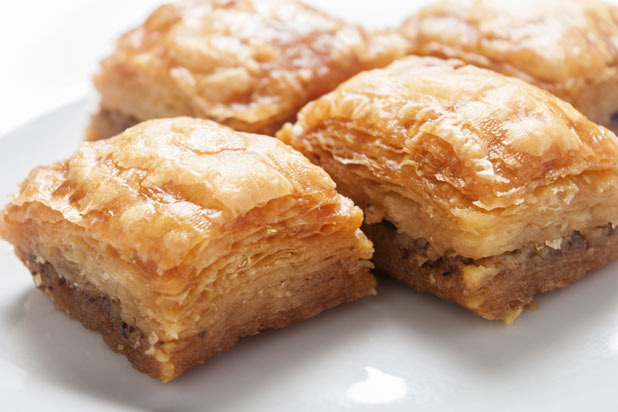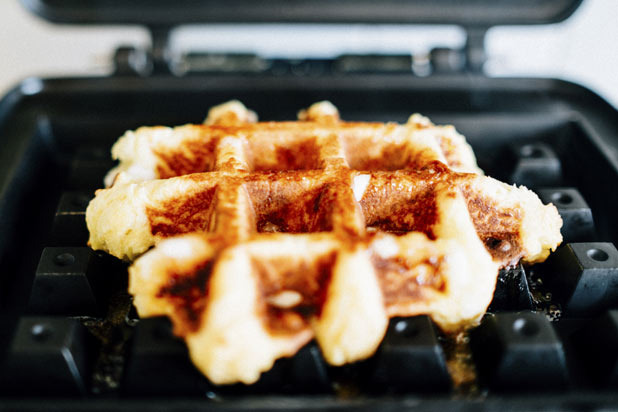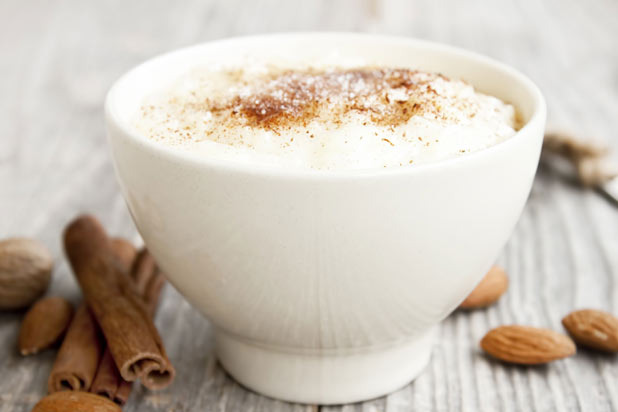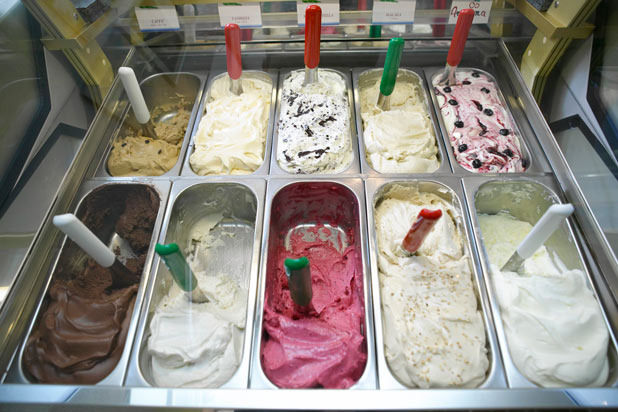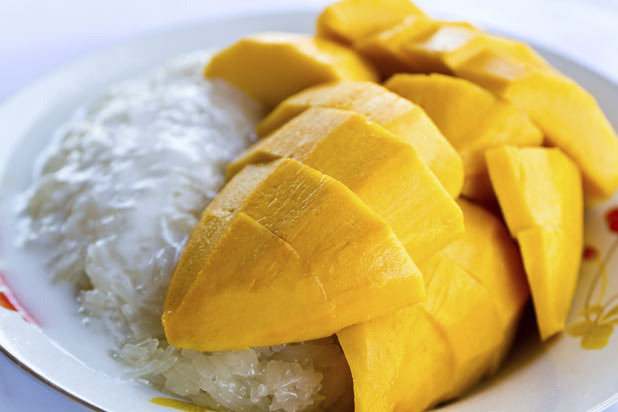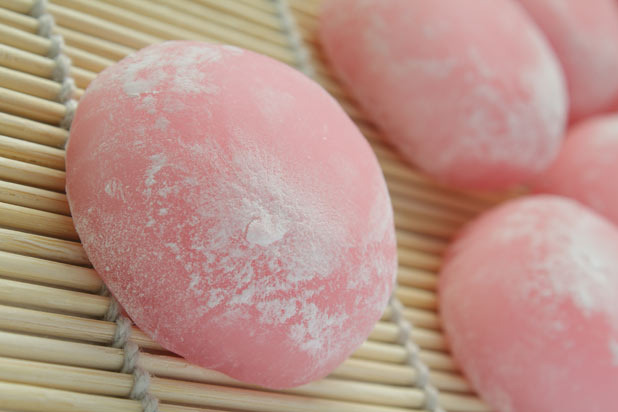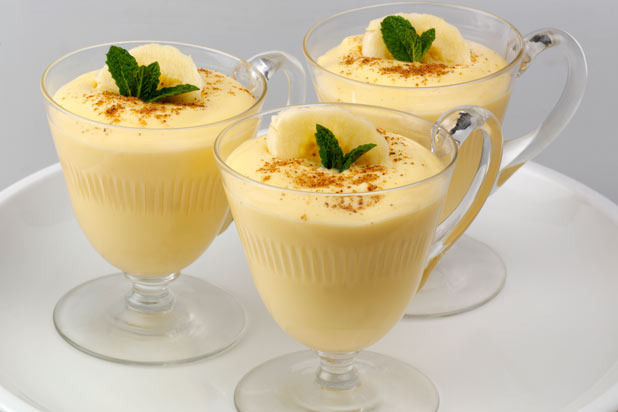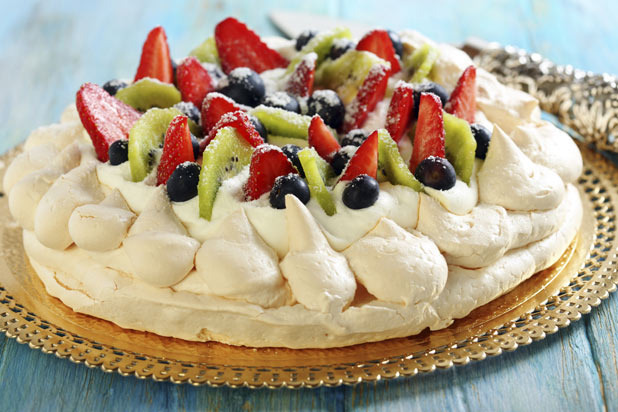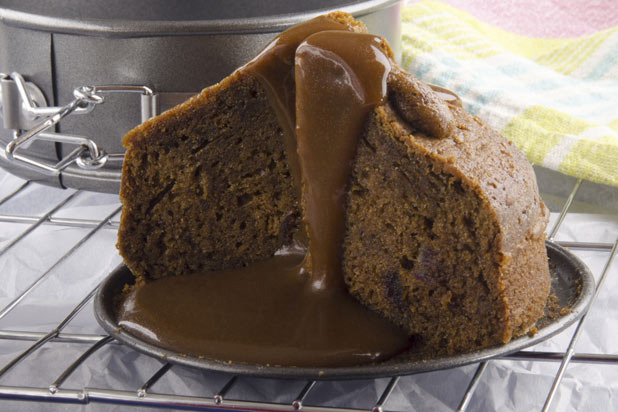28 Of The World's Best Desserts Worth The Calories (Slideshow)
These small, round cookies are ubiquitous in Peru and Argentina as well as other Latin American countries. They are similar to buttery sugar or shortbread cookies but also include honey, almonds, and spices. These cookies are most often eaten as a sandwich with a dulce de leche cream in the center, and sometimes are even topped with coconut or powdered sugar. The word "alfajor" is rooted in the Arabic word for "honeycomb." The cookies are often served with coffee and traditionally dipped in chocolate, though "snow alfajores" are dipped in powdered sugar and coconut.
Where to try Alfajores: Cachafaz Alfajores, Buenos Aires
Apple Strudel: Germany
Apple strudel is a flaky pastry covered in caramelized or powdered sugar and filled with sliced apples, cinnamon, raisins, and roasted breadcrumbs. Apple strudel is served warm, often with whipped cream, vanilla sauce, or vanilla ice cream.
Where to try apple strudel: Theodore Tucher, Berlin.
Arroz con Leche: South America
The base of all arroz con leche, or rice pudding, is basically the same with minor variations. It starts with milk, cream, sugar, cinnamon, and rice, and most countries break off from there. Peruvians add orange peel, raisins, egg yolks, and coconut; Colombians throw in rum-soaked raisins, coffee, butter; and in Trinidad, they've been known to add Angostura bitters.
Where to try Arroz con Leche: Mi Casa Restaurant, Cabo San Lucas
Babka: Poland
Babka is a Polish dish that resembles a brioche-like cake with a spongy texture. The dessert's flavor is sweet, and the cake is usually filled with fruits like raisins. The pastry gets its name from the Polish word babka, which means "grandmother," because its cylindrical and corrugated shape resembles the pleats of an older woman's skirt.
Where to try Babka: A. Blikle, Warsaw
Baklava: Turkey
Although baklava is linked to more than a handful of Mediterranean and Middle Eastern countries, it is widely accepted to be of Turkish origin. There are many variations, but it's traditionally layered phyllo dough that is filled with chopped nuts and honey. Popular flavors of baklava include pistachio, walnut, almond, rosewater, lemon, cinnamon, and nutmeg. Baklava was inspired by an ancient Assyrian dish of dried fruit and pastry and is often served with Turkish coffee.
Where to try Baklava: Karaköy Güllüolu, Istanbul
Basbousa: Egypt
Basbousa is an Egyptian street food that is a semi-sweet semolina cake swimming in syrup, often topped with spoonfuls of lime curd, whipped cream, and berries. It can also be crowned with nuts and sometimes rosewater. While its origins are foggy, basbousa is widely acknowledged as an Egyptian dessert.
Where to try Basbousa: El Abd Pastry, Cairo
Bibingka: Phillippines
Similar in appearance to a Western pancake, bibingka is a sweet rice cake covered in butter and sugar, and served with grated coconut. Bibingka is served most often in the Christmas season, when locals buy the treat from street vendors after church.
Where to try Bibingka: Ferino's Bibingka, Quezon City
Beignets: New Orleans, USA
Beignets are almost like messier looking doughnuts — they're made from deep-fried dough and are covered in powdered sugar. The most famous are from Café du Monde in New Orleans, where they're most often served with coffee.
Where to try Beignets: Café du Monde, New Orleans
Belgian Waffles: Belgium
Waffles are a signature dessert of Belgium, originating with a recipe from the Middle Ages, when waffles were sold as unleavened crisp cakes made of barley and oats baked in a wafer iron. In Belgium, there are two types of waffles: the Brussels waffle and the Liege waffle. The Brussels waffle is what is universally known as the Belgian waffle and is served with chocolate, fruit, or whipped cream. The Liege waffle is baked from brioche bread dough and is said to be chewier, sweeter and richer than the Brussels waffle. Popular Liege waffle flavors include plain, vanilla, and cinnamon.
Where to try Belgian Waffles: Aux Gaufres de Bruxelles, Brussels
Crêpes: Paris, France
Crêpes are among the most famous sweet street foods in the world. These iconic thin pancakes are classically made by street vendors in Paris, where they are topped with (or filled with) sweets like whipped cream, fruit jams, Nutella, melted chocolate, and sliced fresh fruit.
Where to try Crêpes: Little Brezih, Paris
Churros: Spain
Churros are Spanish doughnuts that, depending where you are in the world, can be eaten for breakfast or dessert. In Madrid, they're eaten for breakfast dipped in chocolate or coffee, while in Mexico they're a sweet, fried dessert. In Argentina, Peru, and some European countries like Portugal, they are often filled with things like Nutella, dulce de leche, and fruits.
Where to try Spanish Churros: San Ginés, Madrid
Cronuts: NYC, USA
Though you might believe the cronut trend is cooling, people are still willing to stand in enormous lines very early in the morning to get their hands on the doughnut-croissant hybrid from the Dominique Ansel Bakery. With special monthly flavors and a focus on seasonal combinations, there is plenty of reason to run out and grab a delectable cronut. If that's not enough, celeb baker Ansel is dreaming up all sorts of other whimsical tasty treats to tickle taste buds.
Where to try Cronuts: Dominique Ansel Bakery, NYC
Caakiri: Niger
Caakiri is a dessert similar to rice pudding, which is popular in West African countries. Ingredients for caakiri include couscous, cream, vanilla yogurt, raisins, butter, nutmeg, and sometimes a pineapple paste. The dish is most commonly served chilled.
Where to try Caakiri: de Smaak van Afrika, Rotterdam
Gelato: Italy
Gelato is an Italian favorite sold throughout the country. It differs from traditional ice creams because it is made with milk as opposed to cream, lowering its fat content. Gelato also has less air whipped into it than ice cream, making it denser and often more intense in flavor. Gelato is an Italian term that means "frozen." Its history is rooted in sixteenth-century Italy, where, according to many accounts, a Florentine named Bernardo Buontalenti presented his gelato creation to the royal court of Caterina dei Medici. Classic flavors are nocciola, chocolate, stracciatella, and vanilla.
Where to try Gelato: Gelateria Veneta, Lucca, Italy.
Guinness Cake: Ireland
We have heard all about the dark Guinness beer associated with Ireland and St. Patrick's Day. But what about Guinness cake? Guinness cake is an Irish dessert that infuses Guinness beer into a pastry concoction of flour, cinnamon, ginger, raisins, lemon, and eggs. The cake is an Irish culinary tradition, served on Christmas and St. Patrick's Day.
Where to try Guinness Cake: Gilroy's, Guinness Storehouse, Dublin
Gulab Jamun: India
Gulab jamun are deep-fried dough balls covered in a sugary syrup flavored with cardamom seeds, rosewater, or saffron. Its name is a combination of the Persian word "gulab," which means "rose," referring to the rosewater-scented syrup used in the dish, and the Hindi word "jamun," which is a South Asian fruit. The dessert is also eaten in Pakistan, Nepal, and Bangladesh. The dish is based on an Arabic dessert called luqmat al-qadi and is often served at weddings and major celebrations, including India's Diwali festival and Muslim Eid-ul-Fitr and Eid al-Adha festivals.
Where to try Gulab Jamun: Bhim Chandra Nag, Kolkata
Kurtos Kalacs: Transylvania
Originating in Transylvania, kurtos kalacs is a sticky twisted pastry topped with sugar, cinnamon, walnuts, chocolate, or coconut. The sweet treat is also called a "chimney cake" for the large amount of steam that rises from the pastry when removed from the oven, which resembles a chimney's smoke plume.
Where to try Kurtos Kalacs: Karoly Kurtoskalacs, Bucharest
Maple Taffy: Canada
Maple taffy is made by pouring extra-boiled maple syrup onto snow so that it hardens and becomes taffy-like, then working a lollipop stick into it. The whole process is incredibly popular and ingrained in Québécois culture, and even in maple syrup-making parts of New England, where "sugar on snow" parties are held. Often, maple taffy is served with coffee, tea, doughnuts, or even sour dill pickles. It is a seasonal treat that can be found in Quebec and Eastern Ontario, especially in early spring.
Where to try Maple Taffy: Stanley's Olde Lane Maple Farm in Ontario
Mango with Sticky Rice: Thailand
Mango with sticky rice is one of the most-loved desserts throughout Thailand as well as all over Southeast Asia. It's made from glutinous rice that is cooked in coconut milk until creamy and almost pudding-like, and is then topped with fresh, sliced mangoes when in season. Sometimes the notoriously pungent durian is used in place of mango. Though popular during Thai New Year's celebrations, it is eaten year-round.
Where to try Thai Mango Sticky Rice: Chatuchak Market, Bangkok
Milk Tart: South Africa
Similar to a buttermilk pie, the South African milk tart is a pie composed of a flaky piecrust and white, custard-like filling. The pie is lightly seasoned and dusted with cinnamon and is often served at teatime.
Where to try a milk tart: Jonkershuis, Cape Town
Mochi Desserts: Japan
Mochi ice cream is now hugely popular Stateside. The Japanese treat infuses chewy mochi, which is a small pastel-colored glutinous rice cake dusted with powdered sugar, with sweet and fruit-flavored ice cream. Daifuku mochi, however, is a traditional Japanese sweet. This is the mochi that is filled with sweet paste or cream, like red bean paste, fruit pastes, and even coffee-flavored filling. They're often covered with confectioners' sugar.
Where to try Mochi Ice Cream: MochiCream, Tokyo
N'dizi No Kastad: Zanzibar
N'dizi no kastad is a banana custard made with vanilla pudding spiced with sugar, cinnamon, cloves, nutmeg and peanuts. The dessert is typically served in a champagne glass or a wine glass.
Where to try N'dizi No Kastad: Forodhani Night Market in Stone Town, Zanzibar
Pastéis de Nata: Portugal and Macau
This Portuguese dessert has one major thing in common with Brazilian quindim — the use of egg yolks for both color and flavor. Pastéis de nata are small egg custard tarts, best tasted at Pastéis de Belém in Lisbon, the first place to sell them to the public. They usually come plain, though some places will serve them with powdered sugar or cinnamon on top.
Where to try Pasteis de Nata: Pastéis de Belém in Lisbon or Lord Stow's Bakery and Cafe in Coloane Town Square, Macau
Pavlova: New Zealand and Australia
Named for the ballerina Anna Pavlova, this New Zealand-born dessert is a light and airy meringue that's topped with whipped cream and some type of fresh fruit like kiwi, strawberry, or pomegranate. The story goes that the ballerina visited New Zealand in the 1920s and to honor her visit, a hotel chef created this light, whipped concoction. There is an ongoing controversy over whether Pavlova is native to New Zealand or Australia; despite the Oxford English Dictionary stating in 2010 that the dish comes from New Zealand, Pavlova is still enjoyed and fought over in both regions.
Where to try Pavlova: Black Star Pastry, Sydney
Quindim: Brazil
Quindim is a signature Brazilian dessert with a bright yellow color, glistening surface, and a custard-like consistency similar to flan. The recipe includes ingredients like coconut, sugar, butter, and egg yolks, which give the dish its distinctive color. Its origins are rooted in Portuguese cuisine, which often incorporates a substantial number of egg yolks in its recipes. In the seventeenth century, quindim was modified by slaves in the Bahia region of Brazil to include coconut, which is readily found in the region.
Where to try Quindim: Benito Quindim, Sao Paolo, Brazil
Sticky Toffee Pudding: England
Quintessentially British, sticky toffee pudding is made from moist cake covered in a toffee sauce with the texture of caramel. The cake itself is made of dates, butter, sugar, eggs, cinnamon, and sometimes Ovaltine. The cake is can also be finished with chopped dates but it is usually served with ice cream. Many hold that although the dessert originated in Southern England, the first place to serve it to the public was the Sharrow Bay Country House Hotel.
Where to try Sticky Toffee Pudding: Cartmel Village Shop, Cumbria
Tangyuan: China
Tangyuan are colorful, glutinous rice balls filled with black sesame, peanut, and red bean pastes. Tangyuan are often served in a sweet broth of ginger and rock sugar. The chewy balls are often served on the winter solstice and at other Chinese holidays.
Where to try Tangyuan: Bellagio Café, Beijing
Wienerbrød: Denmark
Wienerbrød, known in America as a Danish, is the national pastry of Denmark. They often have a fruit, cheese, nut, jam, cream, or custard filling; however, Wienerbrød is actually an Austrian word that means "Viennese bread," as it was a group of Austrian bakers who originally created the pastry in the 1800s.
Where to try Wienerbrød: La Glace, Copenhagen

